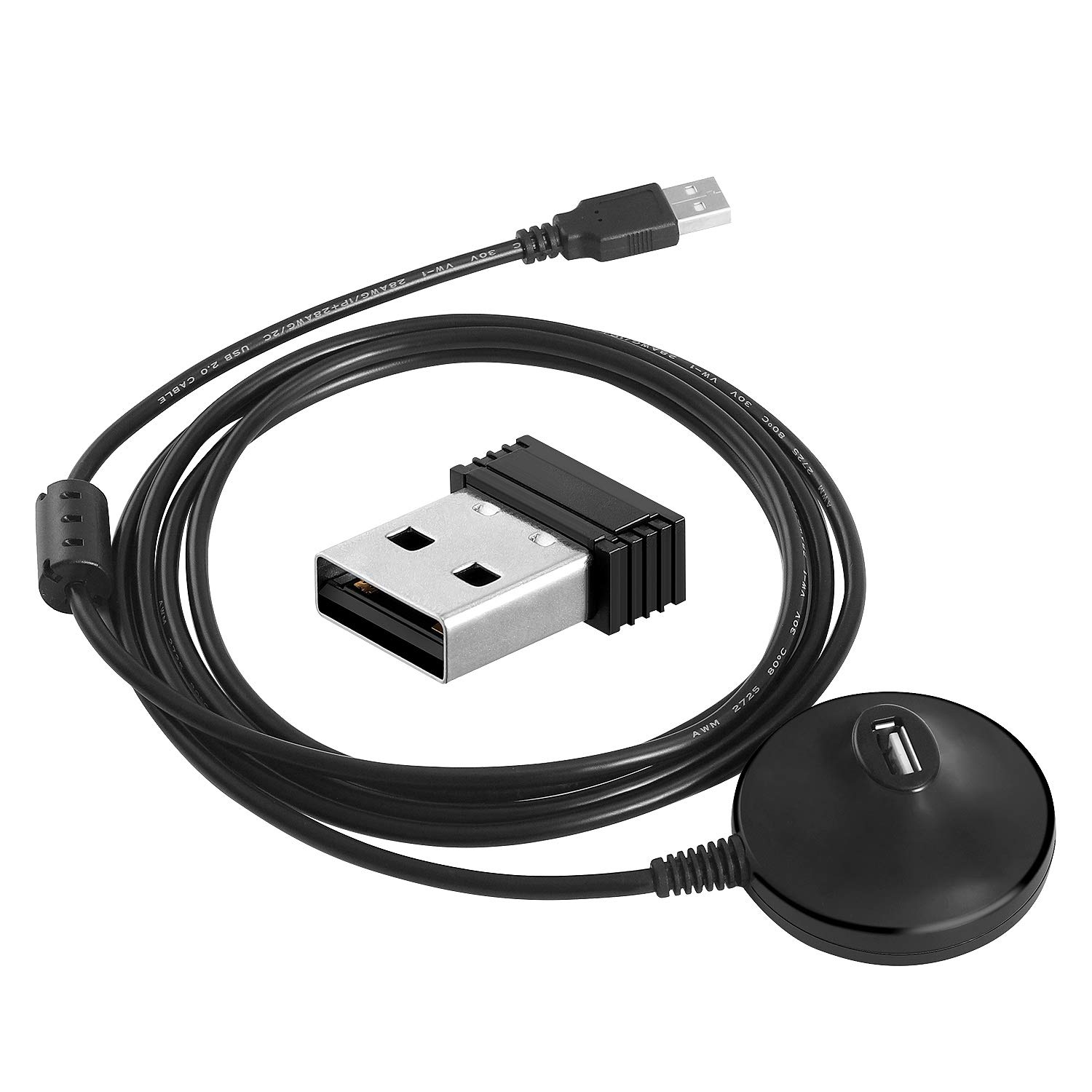Understanding ANT+ Smart Trainer Connectivity
ANT+ technology is widely used in the fitness industry to enable seamless communication between smart trainers, sensors, and other fitness devices. This wireless protocol allows for the transmission of data such as speed, cadence, power, and heart rate, providing valuable feedback to athletes and fitness enthusiasts. When it comes to ANT+ smart trainers, establishing and maintaining a reliable connection is crucial for a smooth and effective training experience.
At the core of ANT+ connectivity is the use of a dongle, a small device that plugs into a computer or mobile device and serves as the bridge between the smart trainer and training software. The dongle receives and transmits ANT+ signals, allowing the software to communicate with the smart trainer and gather real-time training data.
Understanding how ANT+ smart trainer connectivity works is essential for optimizing the performance of the training setup. Whether you are an avid cyclist, a dedicated runner, or a multisport athlete, a solid grasp of the factors influencing dongle proximity and connectivity can help you make the most of your training sessions.
Factors Affecting Dongle Proximity
The proximity of the dongle to the ANT+ smart trainer plays a pivotal role in ensuring a stable and reliable connection. Several factors can influence dongle proximity, and understanding these variables is crucial for optimizing connectivity.
- Physical Distance: The physical distance between the dongle and the smart trainer is a primary factor affecting connectivity. Placing the dongle within close proximity to the trainer reduces the likelihood of signal interference and dropout, resulting in a more consistent connection.
- Obstructions: Physical obstructions between the dongle and the smart trainer, such as walls, furniture, or electronic devices, can impede signal transmission. Minimizing obstructions and ensuring a clear line of sight between the dongle and the trainer can enhance connectivity.
- Interference: Wireless interference from other devices operating on similar frequencies can disrupt ANT+ signals. It is essential to identify and mitigate potential sources of interference, such as Bluetooth devices, cordless phones, and microwave ovens, to maintain a stable connection.
- Signal Strength: The strength of the ANT+ signal emitted by the smart trainer can impact dongle proximity. Ensuring that the trainer’s signal strength meets the requirements for reliable communication with the dongle is vital for optimizing connectivity.
By addressing these factors, users can take proactive measures to optimize dongle proximity and enhance the overall stability of the ANT+ smart trainer connection. Understanding the impact of physical distance, obstructions, interference, and signal strength empowers individuals to create an environment conducive to seamless communication between the dongle and the smart trainer.
Tips for Optimizing Dongle Proximity
Optimizing dongle proximity is essential for ensuring a robust and uninterrupted connection between the ANT+ smart trainer and the training software. By implementing the following tips, users can enhance dongle proximity and maximize the reliability of their smart trainer connectivity.
- Strategic Placement: Position the dongle in close proximity to the smart trainer, ideally within line of sight, to minimize signal interference and maximize signal strength.
- Clear Line of Sight: Ensure that there are minimal physical obstructions between the dongle and the smart trainer, allowing for unimpeded signal transmission.
- Interference Mitigation: Identify and mitigate potential sources of wireless interference, such as Bluetooth devices and household electronics, to reduce signal disruption.
- Signal Amplification: Consider using signal amplification devices or ANT+ extension cables to boost the signal strength between the smart trainer and the dongle, especially in larger training spaces.
- Antenna Orientation: If the smart trainer is equipped with an external antenna, ensure that it is oriented for optimal signal transmission towards the dongle.
- Quality USB Extension Cable: When using a USB dongle, invest in a high-quality USB extension cable to facilitate flexible placement and minimize signal loss.
- Regular Maintenance: Periodically inspect the dongle and its connections for any physical damage or wear, and replace any compromised components to maintain optimal performance.
By implementing these tips, users can proactively address factors that influence dongle proximity, ultimately optimizing the stability and reliability of the ANT+ smart trainer connection. Strategic placement, interference mitigation, and signal amplification contribute to a seamless training experience, allowing athletes and fitness enthusiasts to focus on their performance without connectivity concerns.
Troubleshooting Common Connectivity Issues
While optimizing dongle proximity is crucial for maintaining a stable connection between the ANT+ smart trainer and training software, users may encounter common connectivity issues that require troubleshooting. By familiarizing themselves with these potential challenges and their solutions, individuals can address connectivity issues effectively.
- Intermittent Signal Loss: If the connection between the smart trainer and the training software is intermittently lost, check for potential sources of wireless interference and ensure that the dongle is positioned within close proximity to the trainer.
- Signal Dropout During Workouts: Sudden signal dropout during training sessions can be attributed to signal interference or inadequate signal strength. Consider repositioning the dongle and minimizing obstructions to improve signal stability.
- Inconsistent Data Transmission: Inconsistent data transmission from the smart trainer to the training software may indicate a weak or unstable connection. Verify that the dongle is securely connected and positioned optimally for reliable signal reception.
- Unresponsive Trainer Controls: If the smart trainer’s resistance control or other interactive features are unresponsive, ensure that the dongle is functioning correctly and that there are no physical impediments affecting signal transmission.
- Device Recognition Issues: In cases where the training software fails to recognize the smart trainer, verify that the dongle is properly connected and that the software’s ANT+ drivers are up to date.
When troubleshooting common connectivity issues, it is essential to methodically assess dongle proximity, signal strength, and potential sources of interference. Additionally, staying informed about software updates and compatibility requirements can contribute to a more seamless and trouble-free user experience.
By addressing these common connectivity challenges and implementing effective troubleshooting strategies, users can enhance the reliability and performance of their ANT+ smart trainer setup, ensuring that their training sessions are uninterrupted and productive.

